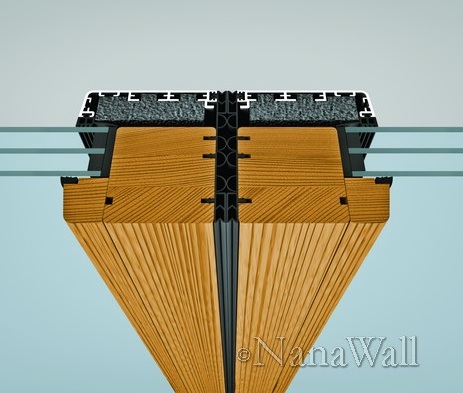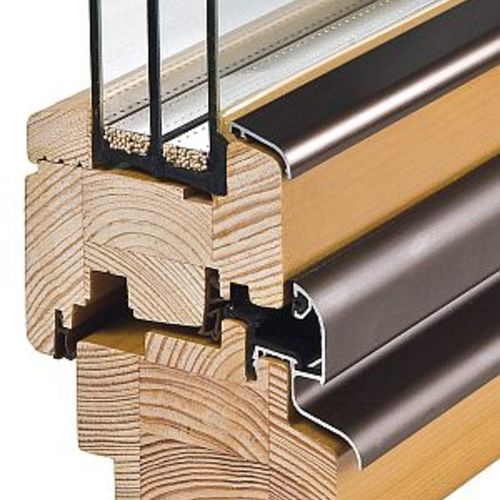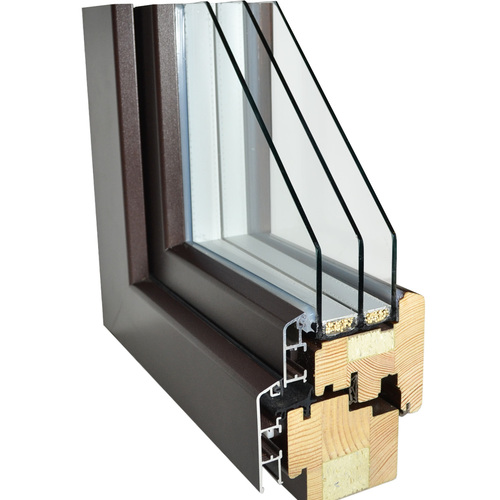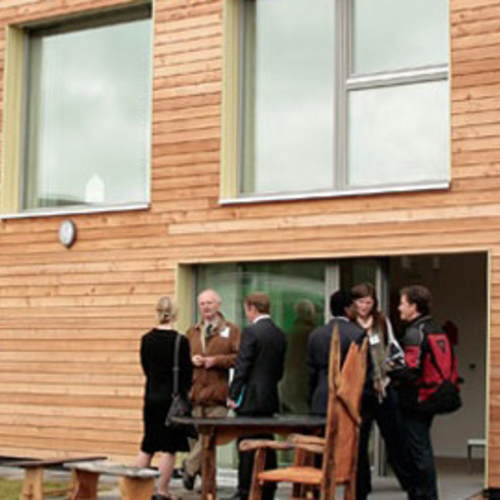
Image Credit: NanaWall Systems
Image Credit: NanaWall Systems WA67 specifications for raised-sill installations, in double- and triple-glazed configurations. Other NanaWall systems include triple glazing as an option. The triple-glazed version of the NanaWall WA67 system provides enough airtightness and thermal resistance to make the system an option for Passivhaus projects. Foam insulation is used in the highest-performing versions of the NanaWall WA67 system. NanaWall offers more than 50 stacking options for its folding window systems.
NanaWall Systems is a veteran in the folding-glass-wall business. Launched in 1986, the company significantly expanded its lineup after 1996, when it forged a partnership with Solarlux Technologies, based in Bissendorf, Germany.
NanaWall’s articulated-window systems have found their way into plenty of commercial and residential buildings, and even a few Solar Decathlon homes, including those built by Cornell University, Iowa State University, University of Louisiana at Lafayette, and Team Alberta.
A large opening sealed shut
This week, NanaWall took a step deeper into the deep-energy realm with the announcement that its WA67 product – an aluminum-clad, wood-framed folding system – is now available in a triple-glazed version with foam insulation that will work in buildings designed to meet the Passivhaus standard.
NanaWall says the Passivhaus-ready version of WA67 has a U-factor of 0.17, a solar heat gain coefficient of 0.26, high water resistance (no leakage at 12 pounds per sq. ft.), and air infiltration “well below the allowable limit” for a building constructed to meet the Passivhaus standard.
NanaWall’s WA67 can be built for openings from 3 ft. to 39 ft. wide, with any of more than 50 stacking options. Other NanaWall systems, including one called the SL70, are available with triple glazing, although the SL70’s U-factor is higher (0.29) – in other words, worse – than that for the WA67. The price for this system of course varies according to the dimensions of the opening and the materials requested, but for an opening 7-ft. 10-in. high, the cost would come to roughly $1,000 per linear foot, a company spokesman told GBA.
Weekly Newsletter
Get building science and energy efficiency advice, plus special offers, in your inbox.















5 Comments
Pricing for the WA67
A builder once told me that the price for the standard NanaWall (nominal 8' tall) was approx. $1,000 per linear foot.
What is the approx. price for the new product (the WA67 as shown in the photos) nominal 8 ft tall .. per linear foot?
WA67 price per linear foot
John,
NanaWall tells us that the price per linear foot of 7-ft. 10-in. WA67 is about $1,000.
am i the only one that finds
am i the only one that finds the g-wert (SHGC) just too low for a passivhaus? if i've got all that glazing, i'm hoping it does something other than block most of the solar gain i'd like to take advantage of...
Response to Mike
Mike,
You're right -- the usual problem with U.S. triple glazing.
The window manufacturers don't get it. Builders in Florida and Texas aren't buying triple glazing. The market for triple glazing is all up north, where everyone wants higher SHGC numbers. So why do window manufacturers always choose low-SHGC triple glazing? It makes no sense...
you can have any color you want, as long as it's black
because the window makers are just trying to make a quick buck of the cheaper supply line they do have
they already order mountains of the standard low-SHGC glass, they just stuff it into the triple pane stuff up north and sell on the fact that three panes are better than two
sadly the dealer model of distributing windows leads to a broken system of high prices, limited information/clarity, and few options.
Log in or create an account to post a comment.
Sign up Log in